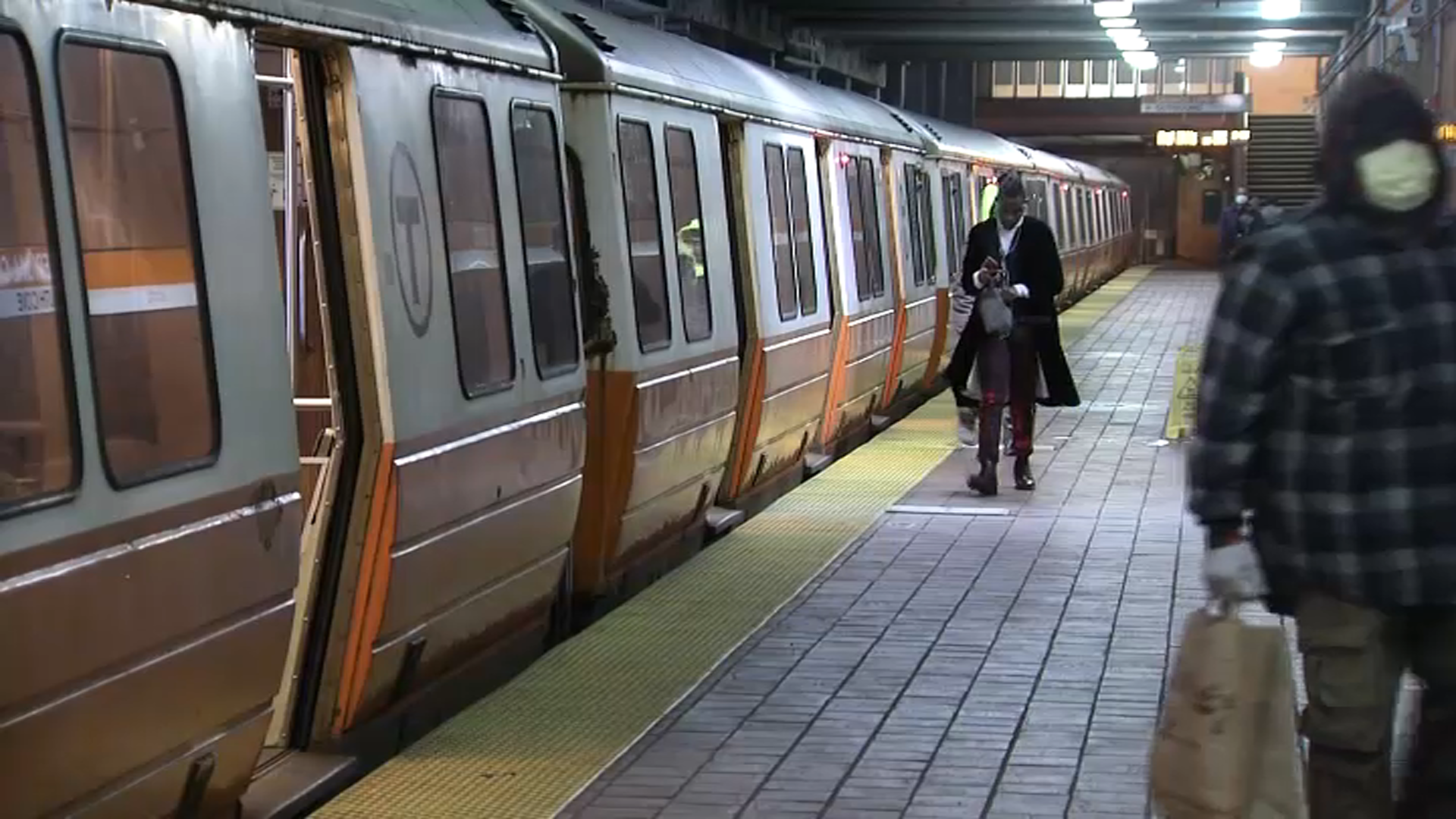
MBTA ridership is creeping upward from record lows as Massachusetts businesses continue to open their doors to customers and their own employees, but overall public transit use remains far lighter than before the COVID-19 outbreak began.
This week, T buses transported an average of 125,000 passengers per day, an increase from 90,000 per day during the shutdown's peak, MBTA General Manager Steve Poftak said at a T board meeting on Monday. Subways also experienced an uptick from less than 40,000 riders per day to about 65,000.
Even with those increases, ridership stands at only about 30% of the baseline for daily bus trips set in February and 13% of baseline subway trips.
Use of the paratransit service the RIDE was around 29% of its baseline level, Poftak said, while the commuter rail system is showing the slowest recovery with ridership only 3.5% its comparison.
How quickly and whether some commuters return to public transit remains a key question hanging over the state's recovery from the pandemic and the MBTA, which stands to face large impacts from the work from home revolution.
MBTA officials project they will bring in only about a quarter of the fare revenue they once expected during fiscal year 2021, and many stakeholders expect traffic could become worse than usual if Boston-area workers opt to drive to jobs and ditch the T.



